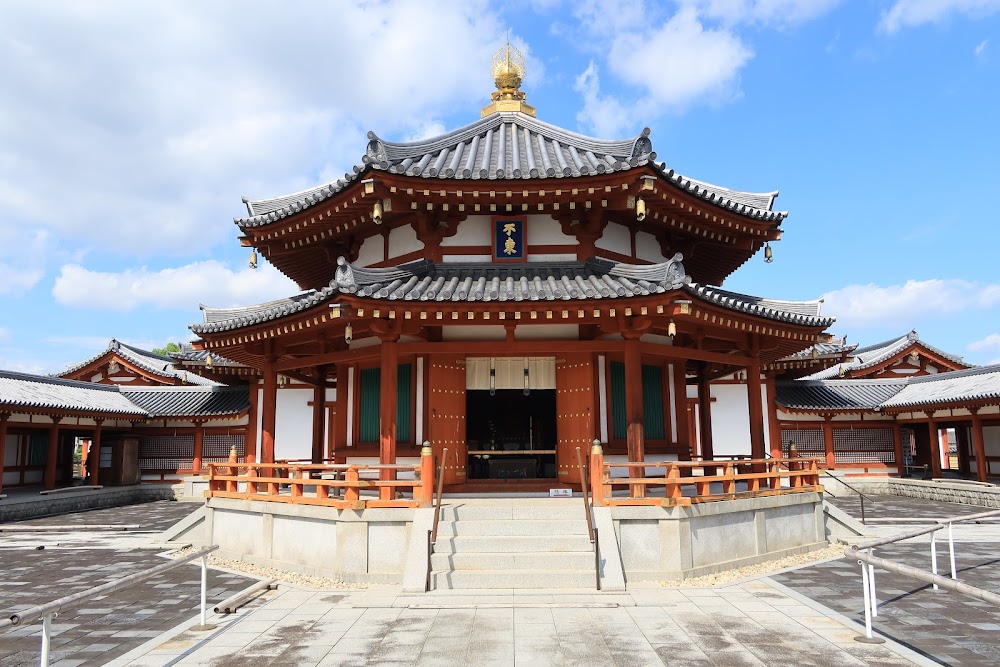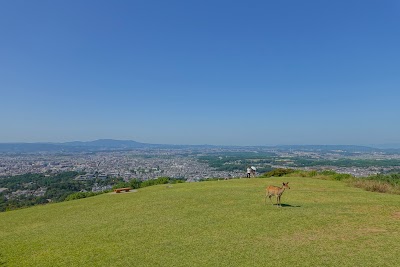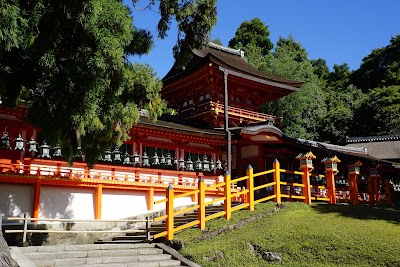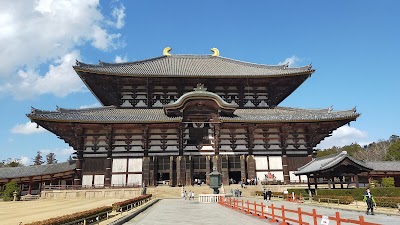Yakushi-ji Temple (薬師寺)
Overview
Yakushi-ji Temple is a treasured gem in Japan's rich cultural heritage, renowned as one of the oldest temples in the country. Nestled in the historic city of Nara within Nara Prefecture, it provides a captivating window into the grandeur and spiritual depth of ancient Japanese Buddhism.
Historical Origins
The origins of Yakushi-ji date back to the late 7th century, commissioned by Emperor Tenmu in 680 AD. This monumental endeavor was born out of a heartfelt wish for the recovery of his consort, Empress Jitō, who was gravely ill. The temple holds immense significance as it is dedicated to Yakushi Nyorai, the Buddha of Healing, revered as the main deity of the temple.
Architectural Marvel
Yakushi-ji's construction marked the architectural zenith of its era. The building materials were carefully sourced, with fine timber transported from distant regions, and skilled artisans employed to realize its majestic design. After several years of dedicated work, the temple was completed in 698 AD. Following Emperor Tenmu's death, Empress Jitō continued to support the project, ensuring that the temple achieved its full splendor.
Symmetrical Layout
The temple's layout adheres to a traditional East Asian design known as a "symmetrical temple complex." At its heart stands a central pagoda, flanked by twin lecture halls, with smaller buildings harmoniously surrounding them. Among these structures, the East Pagoda remains a highlight, still standing in its original 8th-century form. This three-storied pagoda, with its unique design, appears six-storied due to its elegant symmetry, captivating visitors with its graceful presence.
Resilience Through Adversity
Yakushi-ji has faced its share of challenges throughout history, including significant fires, notably a major blaze in 973 AD that damaged many wooden structures. However, dedicated rebuilding efforts have always aimed to preserve the temple's original aesthetics and spiritual essence. The most extensive restoration took place in the 1970s, ensuring that future generations could continue to admire its magnificence.
The Kondo (Golden Hall)
The temple's main hall, known as the Kondo or Golden Hall, houses an impressive collection of Buddhist statues, with the Yakushi Triad being the most notable. Crafted with exquisite detail, these bronze statues depict Yakushi Nyorai flanked by two attendants. The serene expression of the Yakushi Nyorai figure symbolizes healing and enlightenment, enhancing the spiritual ambiance of the hall.
A Living Center of Practice
Beyond its architectural beauty, Yakushi-ji remains a vibrant center for Buddhist practice and education. Monks continue to reside on the grounds, performing rituals and maintaining a deep connection to the temple's spiritual essence. The complex also hosts a variety of cultural events and religious ceremonies throughout the year, attracting both pilgrims and tourists alike.
In summary, Yakushi-ji Temple stands as a cornerstone of Japan’s cultural and religious history. Its enduring presence in the serene surroundings of Nara Prefecture offers a profound reflection of ancient craftsmanship, spiritual devotion, and the timeless journey toward healing and enlightenment.









